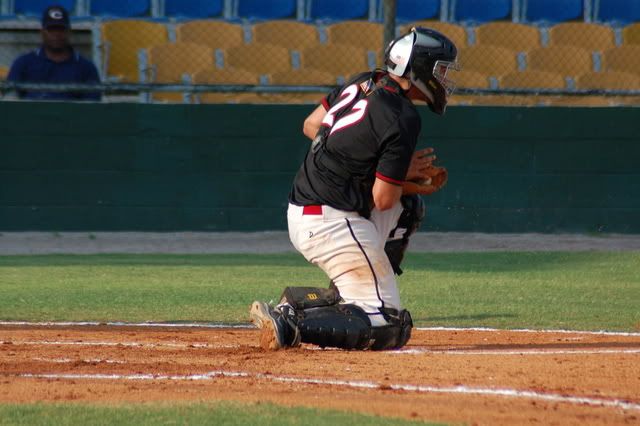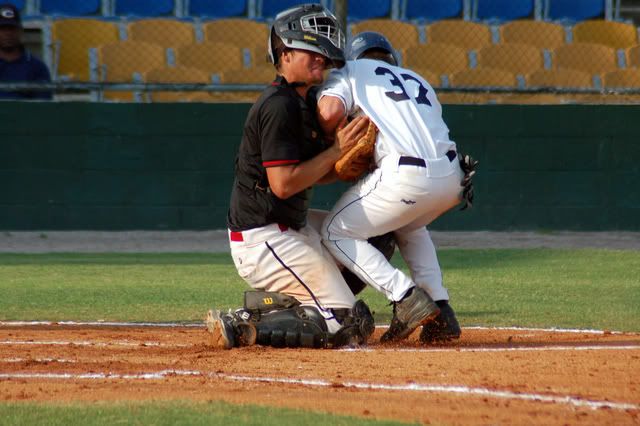I was playing in a fall High School game earlier this month. I was standing on second base when my teammate hit a weak ground ball through the infield on the right side, my coach waved me and i started running to home. As my right foot hit where home plate dirt and grass meet, the ball entered the catcher's glove and instead of sliding; i hit the catcher with my shoulder in an attempt to force him to drop the ball. The umpire called me out because the catcher held on, but he also tossed me from the game. He stated that High School Rules state that it was not allowed to hit the catcher like that. Is this true? or is hitting the catcher allowed like in the majors?
thanks
Original Post



